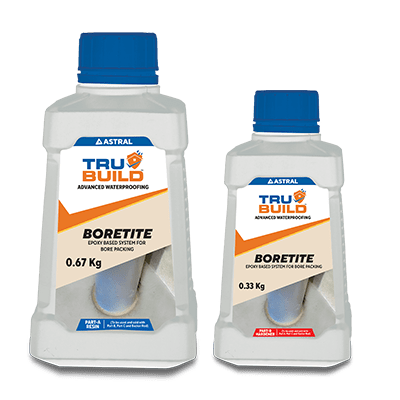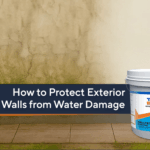How Winter Affects Concrete and Mortar?
Oct 9, 2025
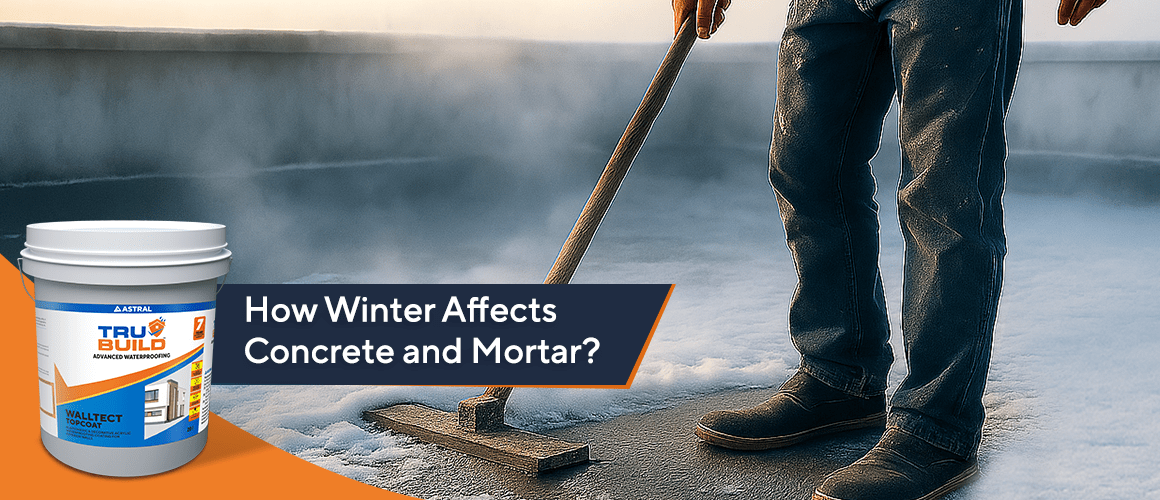
Winter can have an impact on concrete and mortar across India, especially in regions where the temperatures drop sharply. During these months, dampness creeps in and leads to cracks and surface scaling. This weakens the very foundation of homes and commercial buildings. Homeowners, builders and facility managers often notice these problems after a particularly cold spell. Wondering whether their structures can withstand another severe winter.
By understanding the challenges for concrete waterproofing and choosing a cementitious waterproofing method, it becomes possible to safeguard buildings. It helps to extend their lifespan well beyond the seasonal extremes.
Why are Concrete and Mortar Vulnerable in Winter?
Concrete and mortar are porous by nature, which makes them susceptible to moisture penetration. When water enters these materials and freezes, it expands, placing stress on the structure and it can lead to the formation of cracks. This freezing and thawing cycle is especially harsh in locations with frequent temperature fluctuations, such as the Himalayas and northern Indian states.
Mortar joints, which hold bricks together, are particularly exposed, and they tend to absorb moisture quickly. This results in erosion or surface flaking. With changing rainfall and snowfall patterns in recent years, even historic buildings are at greater risk. Without a robust waterproofing solution, the damage from a single winter can accumulate year after year. This will further cause deterioration and premature ageing of structures.
Common Winter Damage Issues
- Surface cracks caused by freezing and expanding moisture within concrete and mortar
- Flaking or scaling, where surface layers peel off and expose rough textures underneath
- White, powdery deposits (efflorescence) on mortar joints due to evaporating moisture
- Progressive loss of strength and appearance, especially in untreated or exposed structures
How to Apply Cementitious Waterproofing for Long-Lasting Protection?
Cementitious waterproofing stands out as an effective solution for Indian conditions. It offers a durable defence against winter-related damage.
Step 1: Inspect and Repair Cracks
Start by examining all exposed concrete and mortar surfaces. Filling visible cracks is essential, as untreated gaps let moisture seep in. Products like Trubuild CPF 525 Crack Filler provide a reliable fix, forming a water-resistant layer. Use a spatula to press the filler firmly into cracks and level it with the surface. Make sure you allow a full day for curing before moving on to further coating.
Step 2: Apply Primer / Bonding Layer
To prepare for waterproofing, spread Trubuild Primesure Primer on the surface. This step helps to enhance the adhesion between the mortar and the waterproofing solution layer. It helps to decrease water absorption and makes joints less prone to winter damage. A primer acts as a base that bonds well with both old and new mortar, supporting long-term protection.
Step 3: Cementitious Waterproofing Layer
Apply Trubuild CPS 111 or equivalent cementitious waterproofing solution directly onto walls, terraces and floors. This mixture, typically consisting of cement, sand and polymers, forms a seamless barrier that blocks moisture entry. Once fully cured, it resists the impact of rain, snow and repeated freeze-thaw cycles. Concrete waterproofing done with a cementitious waterproofing solution is easy to apply. It binds strongly to the substrate and remains effective for years.
Step 4: Maintenance and Prevention
Ongoing care is important. Avoid de-icing salts or harsh chemicals because they can corrode concrete and reduce the lifespan of the waterproof coating. Inspect surfaces regularly and repair even the small cracks before they allow in more water. Simple steps like keeping drains clear and avoiding stagnant water on terraces or balconies help to prevent a host of issues down the road.
Tips for Working with Mortar in Low Temperatures
- Warm the raw materials and make sure to use heated water in mixes to maintain their setting time and consistency.
- Never lay mortar below 5°C. It may struggle to cure and bond.
- Use insulating sheets or tarpaulins to cover freshly laid mortar. This helps to protect the mortar against overnight frost.
- Opt for concrete mixes with accelerators like calcium chloride for faster setting in cold weather.
- Monitor worksite temperatures and adapt techniques as required, paying special attention to moisture management.
FAQ
How long does cementitious waterproofing last?
Applied correctly, cementitious waterproofing can protect surfaces for more than ten years, especially if maintained regularly.
Can waterproofing be applied in freezing temperatures?
It is most effective to apply cementitious waterproofing during moderate weather or before winter begins, when surfaces are dry and preparation is easier.
Is maintenance required for winter-proofed concrete?
Annual inspections and timely crack repairs help preserve concrete waterproofing. Cleaning surfaces and maintaining evacuation points is also recommended.


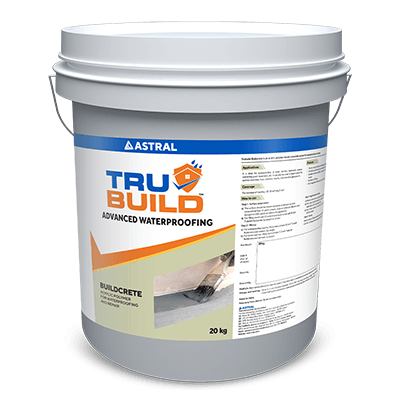
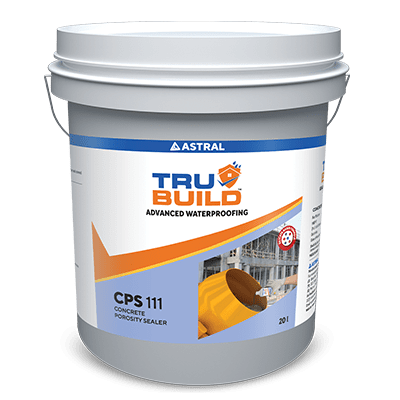
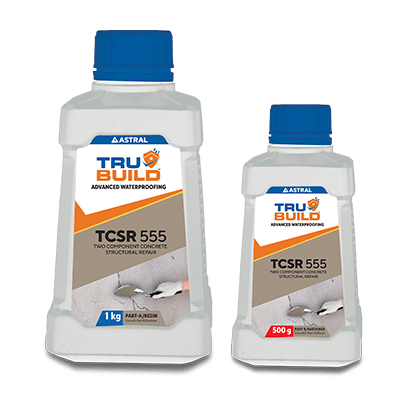
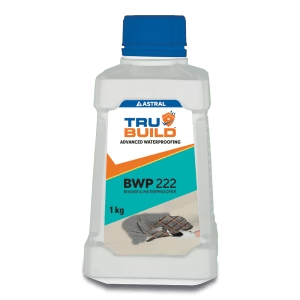
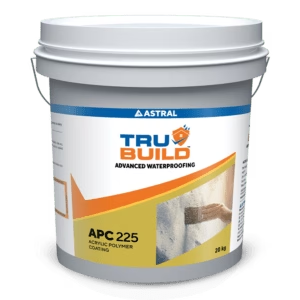
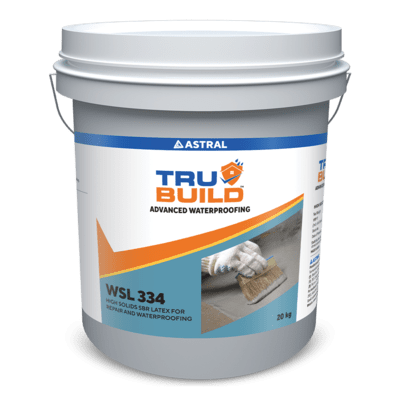
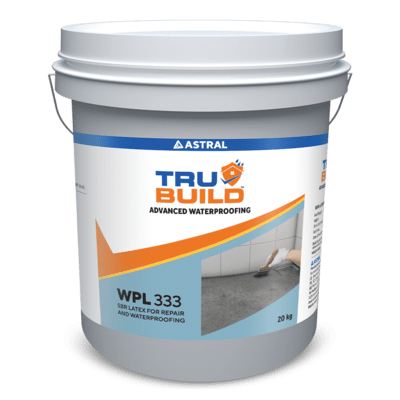
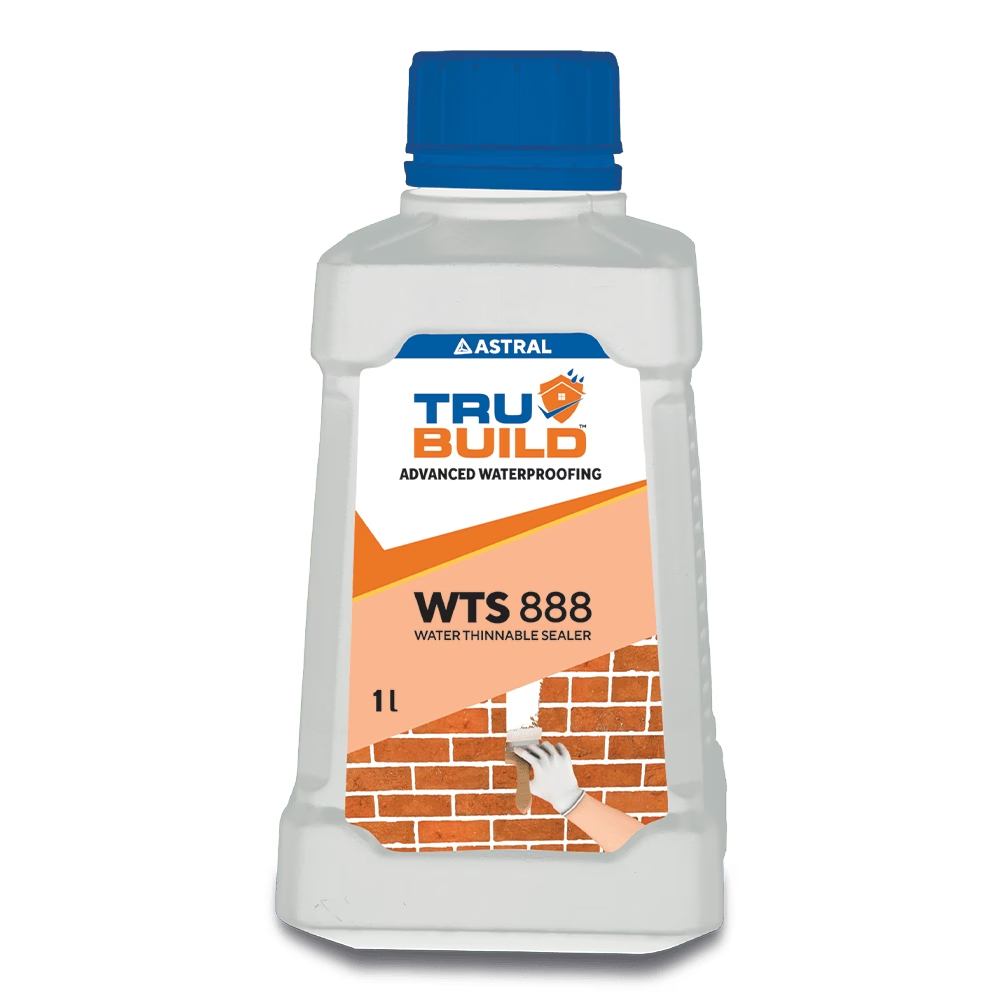
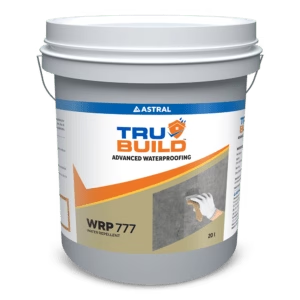
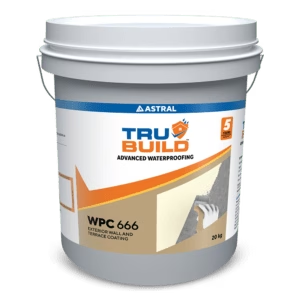
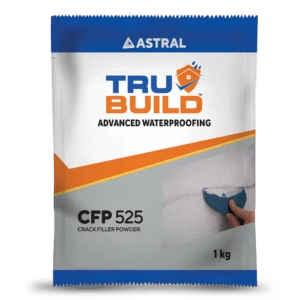
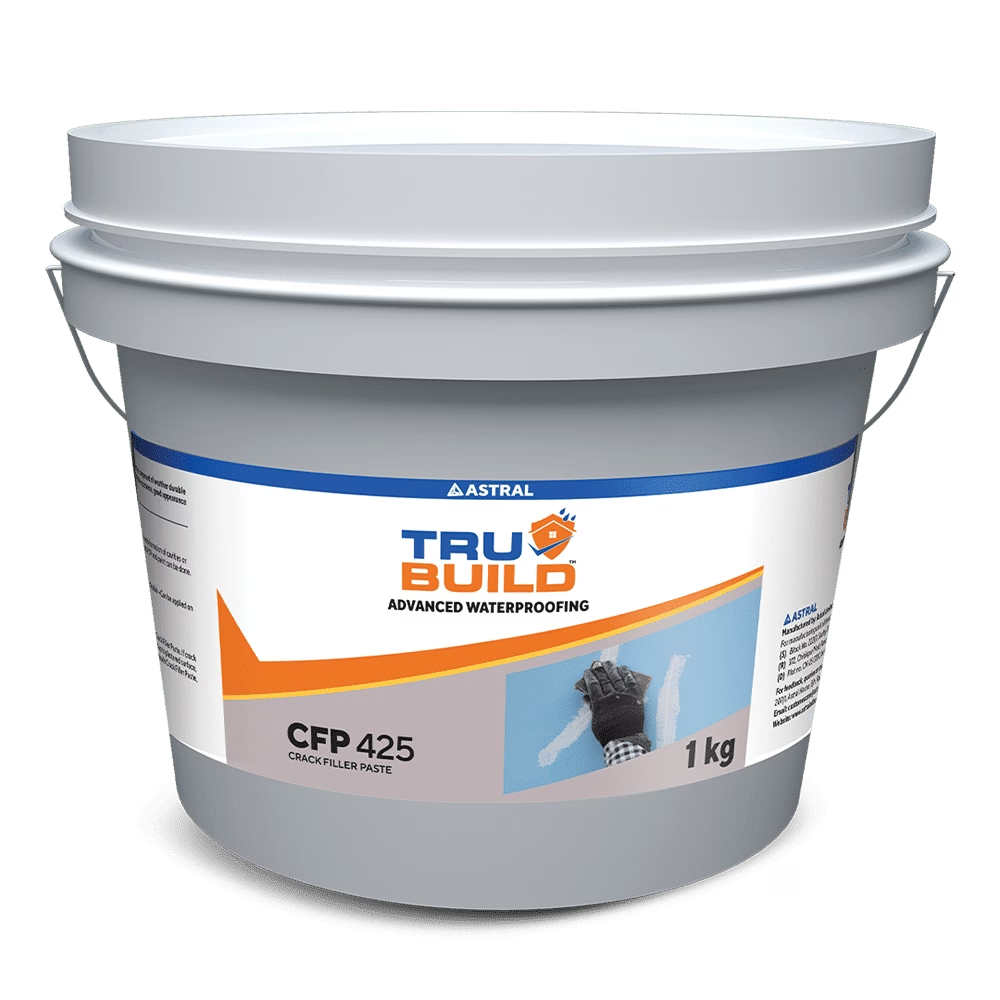
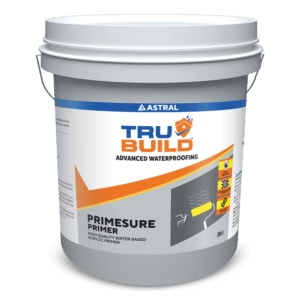
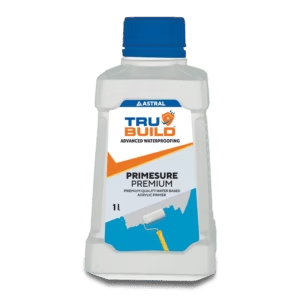
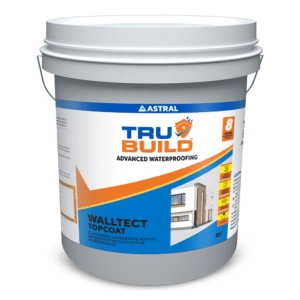
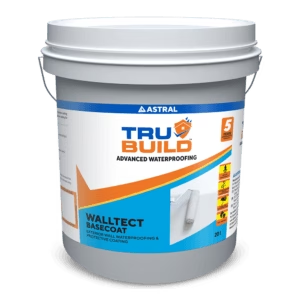
 Professional Sealants
Professional Sealants 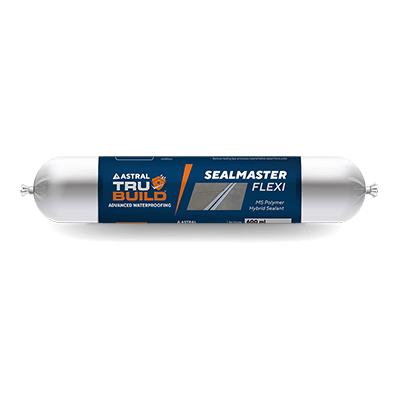
 Roof Waterproofing
Roof Waterproofing 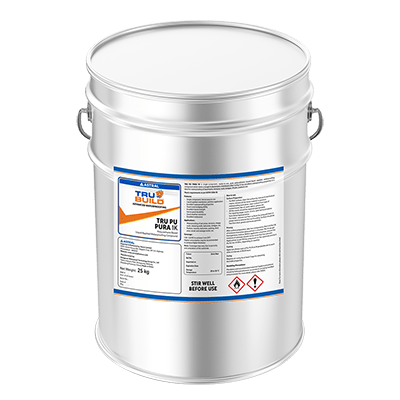
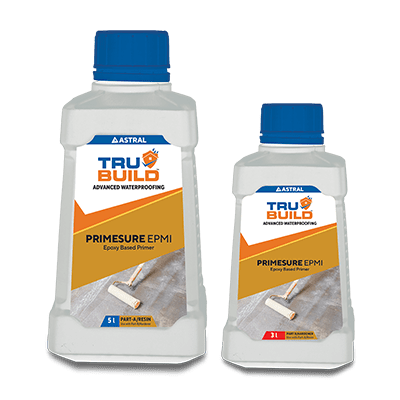
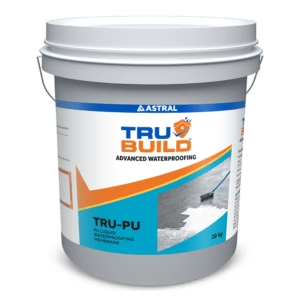


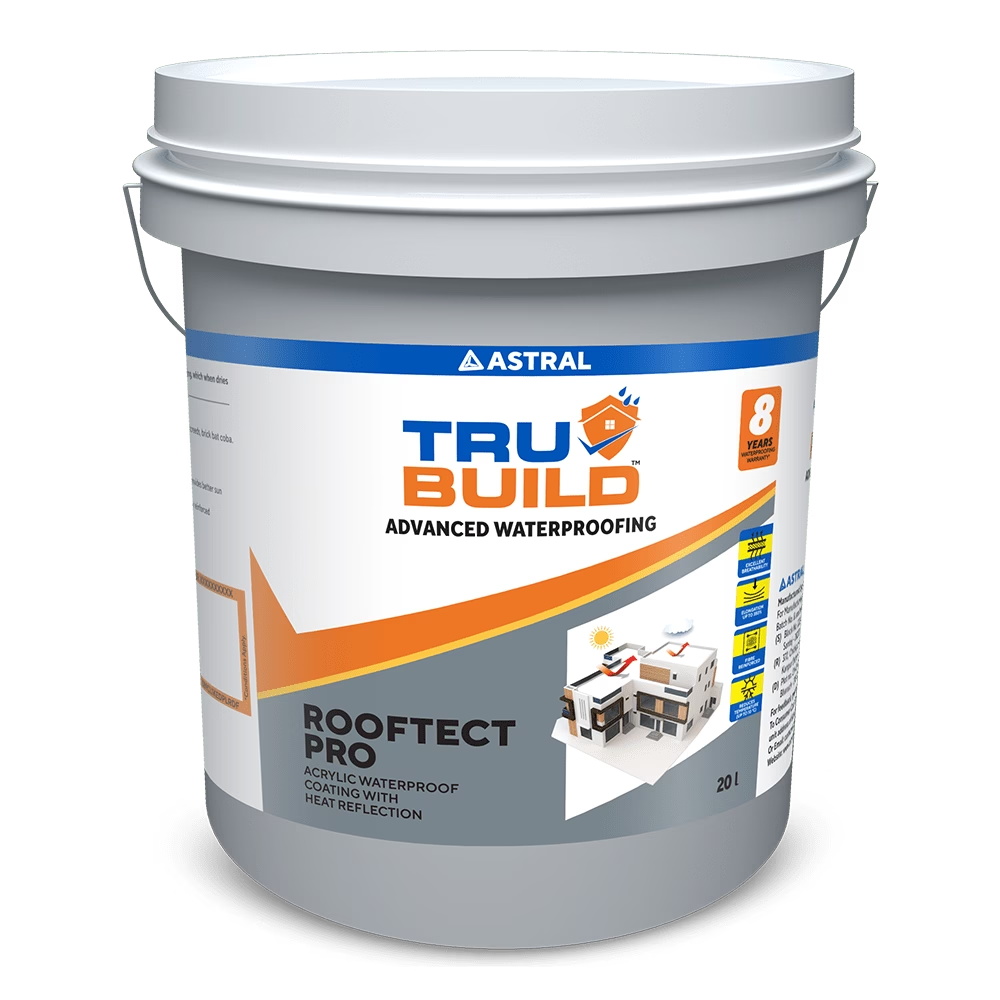
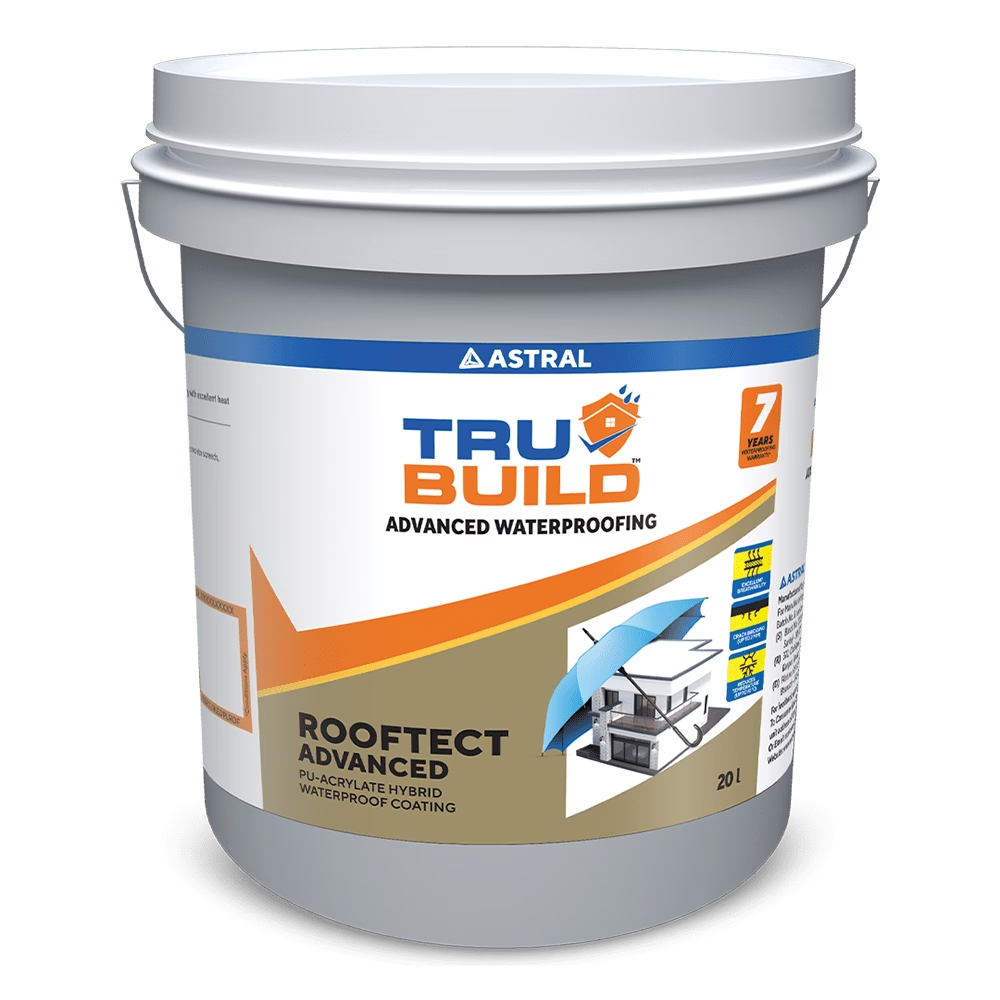
 Substructure Waterproofing
Substructure Waterproofing  Tiling and Grouting
Tiling and Grouting 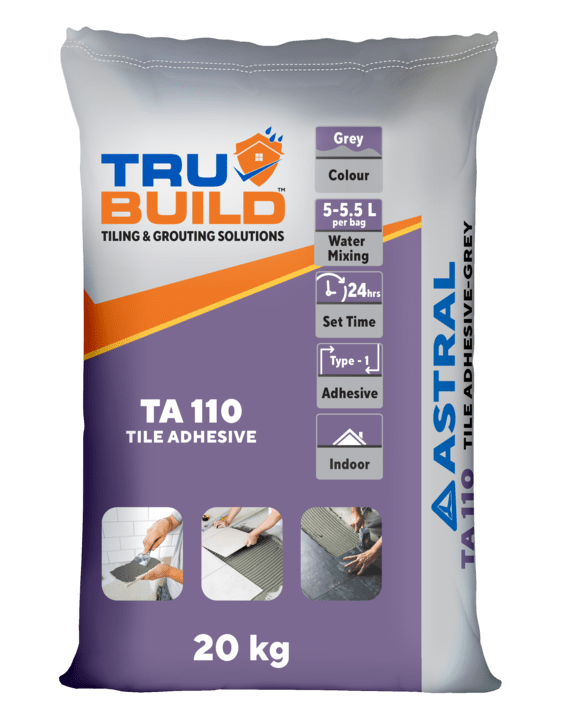
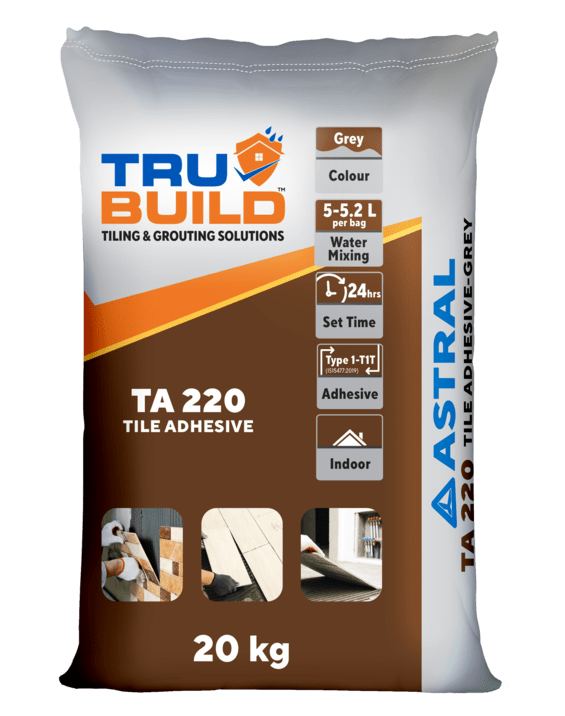
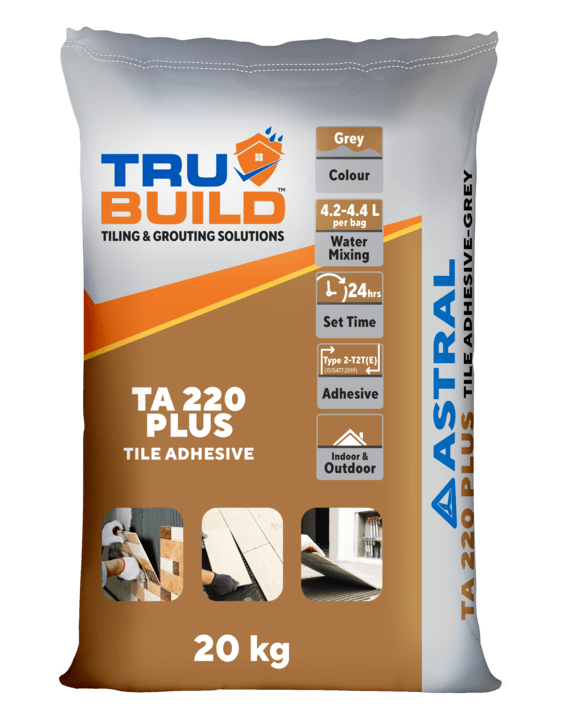
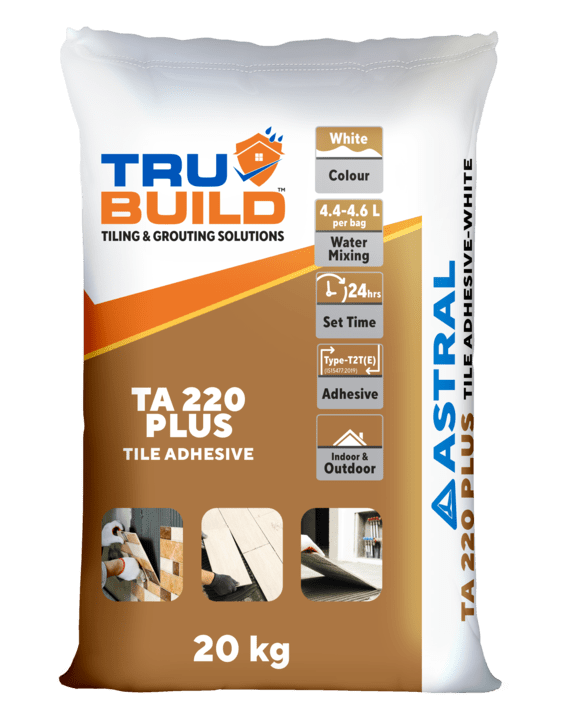
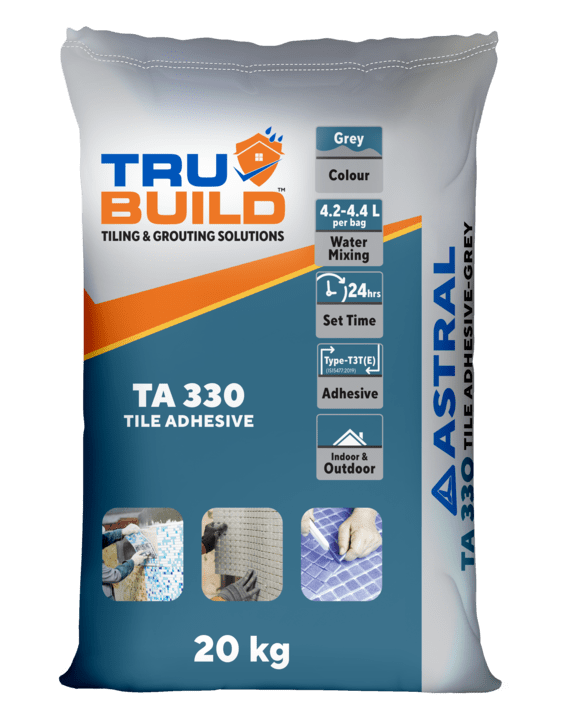
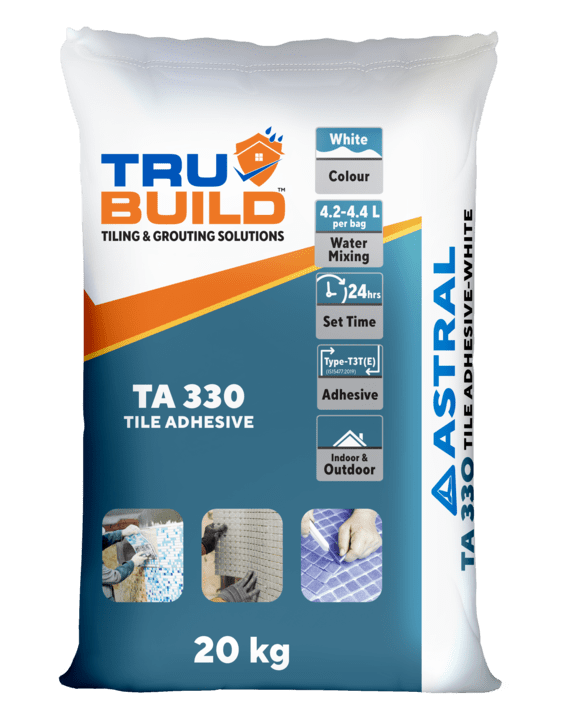
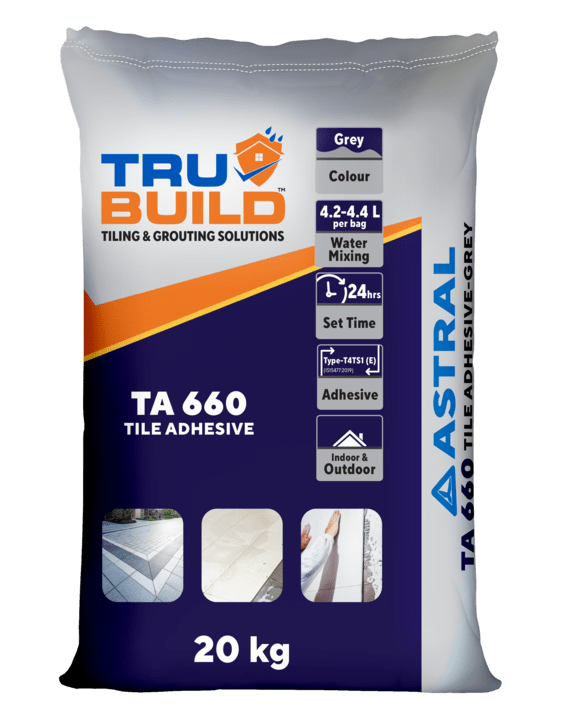
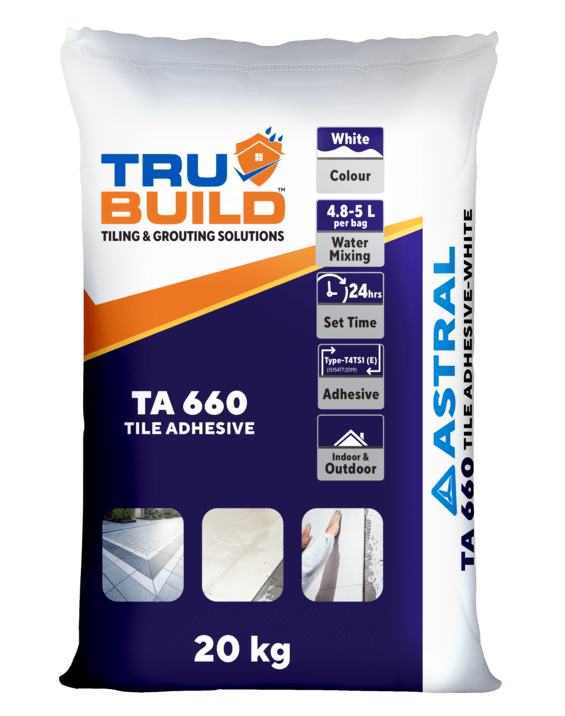
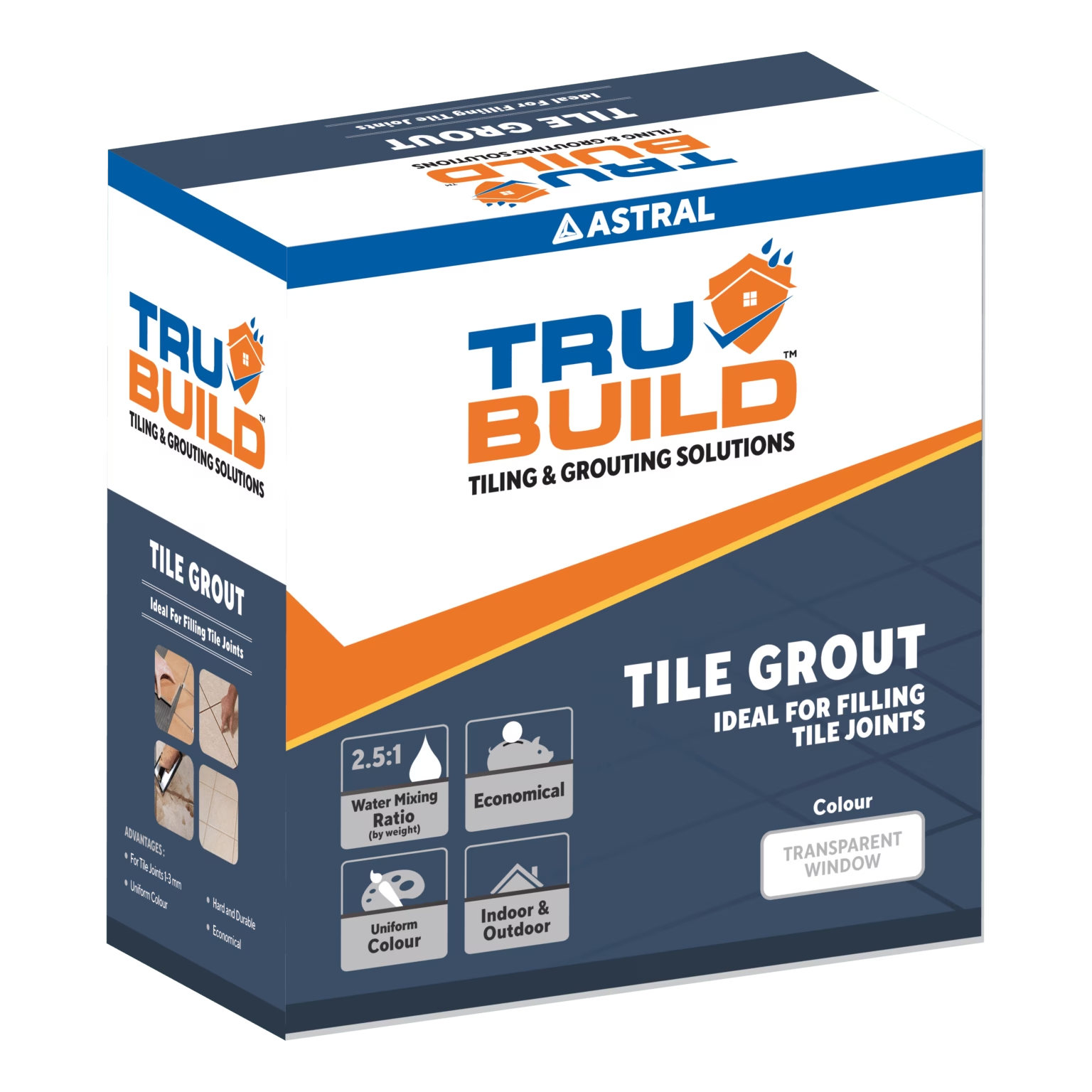
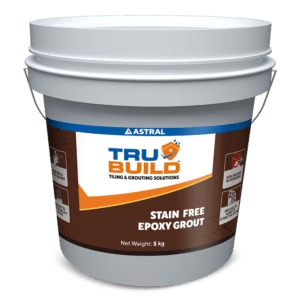
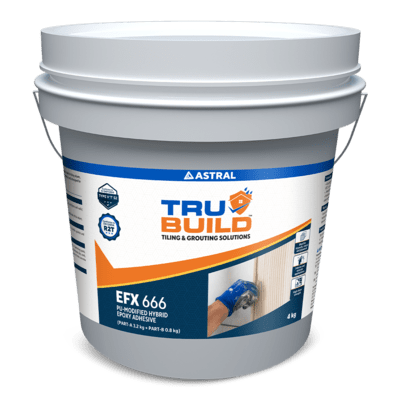
 Water Tanks and Other Areas
Water Tanks and Other Areas 